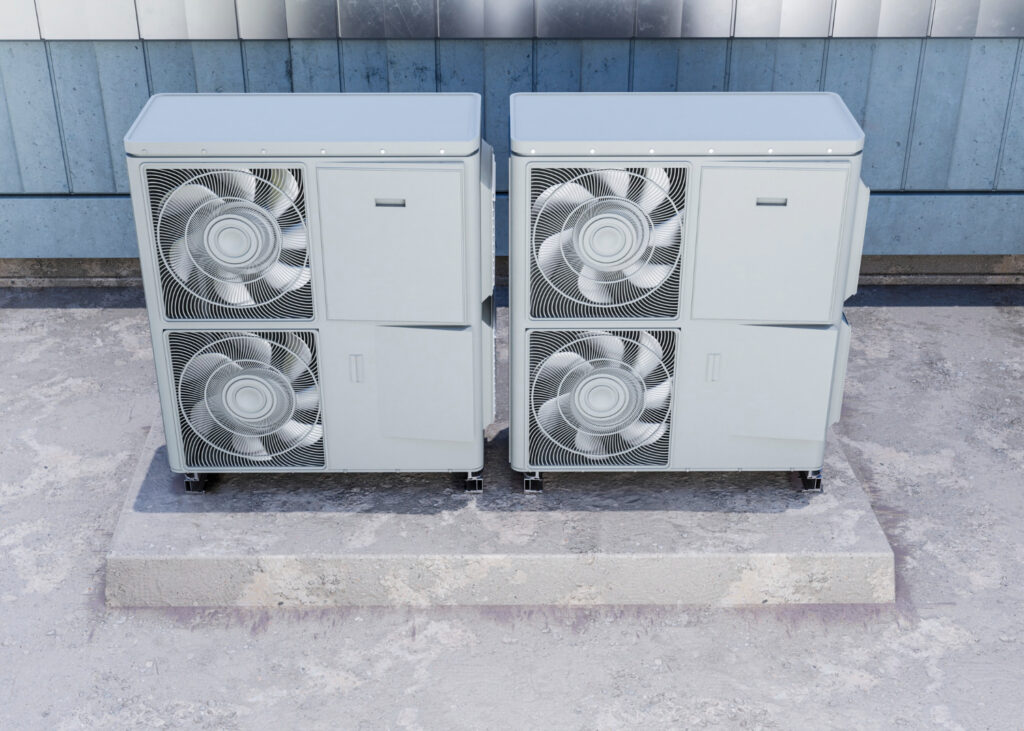Heat pump systems have become a preferred heating and cooling solution for many homeowners and light commercial property owners due to their energy efficiency, versatility, and ability to provide both heating and cooling in a single unit. However, maximizing the performance, comfort, and energy savings of your heat pump system requires more than just selecting the right equipment and ensuring proper installation. It also involves taking proactive measures to optimize its operation, reduce energy consumption, and extend its lifespan.
As experts in heat pump installation, maintenance, and repair, our professionals understand the intricacies of these systems and are here to offer valuable insights on how you can effectively optimize your heat pump performance while enjoying a comfortable and energy-efficient living or working environment. In this informative guide, we will provide practical tips and techniques that can help you enhance the efficiency, reliability, and longevity of your heat pump system, saving you money on energy bills and mitigating the need for costly repairs or premature replacement.
1. Proper Sizing and Selection: Finding the Right Fit for Your Space
The first step in optimizing your heat pump system’s performance is selecting the appropriate equipment for your home or light commercial property. Choosing the right system size is crucial to ensuring maximum efficiency, comfort, and energy savings. An undersized heat pump will struggle to maintain the desired temperature, leading to increased energy consumption and frequent cycling. On the other hand, an oversized heat pump can create unnecessary energy waste and may result in poor humidity control.
To help you select the ideal heat pump system for your property, our professionals can assess your space and calculate the necessary heating and cooling capacity, taking into account factors such as climate, insulation, building size, and even window types. By choosing the right system for your specific needs, you can enjoy better temperature control, enhanced efficiency, and potentially significant savings on your energy bills.
2. Optimum Thermostat Settings: Balancing Comfort and Efficiency
Setting your thermostat to the right temperature for the season is instrumental to optimizing your heat pump’s performance and striking the perfect balance between comfort and energy efficiency. By following these general guidelines, you can reduce energy consumption while maintaining a comfortable environment:
– Cooling season: Set your thermostat to 78°F (25°C) when you’re at home and 85°F (29°C) or higher when you’re away.
– Heating season: Keep the thermostat set at 68°F (20°C) while you’re home and lower it to 62°F (17°C) during the night or when you’re away.
Investing in a programmable or smart thermostat can further ensure energy savings with the added convenience of automatic temperature adjustments to suit your schedule and preferences.
3. Routine Maintenance: Keeping Your Heat Pump in Top Shape
Regular heat pump maintenance is essential for maintaining peak performance and extending your system’s lifespan. By conducting a routine check-up and following these recommended maintenance tasks, you can prevent issues that can compromise your heat pump’s efficiency:
– Inspect and replace air filters: Dirty or clogged air filters can restrict airflow, causing your system to work harder and consume more energy. Check filters monthly and clean or replace them as needed.
– Keep the outdoor unit clean and clear: Remove dirt, debris, and vegetation from around the outdoor condenser unit to facilitate proper airflow and ensure optimum heat transfer.
– Schedule an annual tune-up: Enlist the help of our technicians to perform a comprehensive heat pump tune-up, encompassing cleaning, safety inspections, and adjustments for optimal performance.
– Check ductwork and insulation: Proper duct sealing and insulation can prevent air leaks and heat loss, further enhancing your heat pump’s efficiency and reducing energy waste.
4. Draft-Proofing and Insulation: Keeping the Cold Out and the Warm In
Improving your property’s insulation and addressing air leaks are crucial elements of optimizing your heat pump’s performance. Here are some strategies to ensure a well-insulated and draft-proof space:
– Seal gaps and cracks: Use weatherstripping, caulk, or foam sealant to seal gaps around windows, doors, and other openings that can cause drafts and affect your heat pump’s efficiency.
– Insulate walls and attics: Ensure proper insulation is installed in walls, attics, and crawlspaces to prevent heat loss during the winter months and improve comfort throughout the year.
– Upgrade windows: Double-glazed or energy-efficient windows can help retain heat in winter and maintain cooler indoor temperatures during the summer, resulting in reduced energy consumption.
Conclusion
Optimizing your heat pump system’s performance is key to maximizing its efficiency, reliability, and cost-savings potential. With the right equipment selection, appropriate thermostat settings, diligent maintenance, and proper insulation measures, you can reap the full benefits of your heat pump while contributing to a green, sustainable future. Trust our expert technicians at Santana Air Inc to provide the guidance, support, and professional services necessary to ensure your heat pump system operates at peak performance and delivers exceptional comfort and energy savings for your property.










